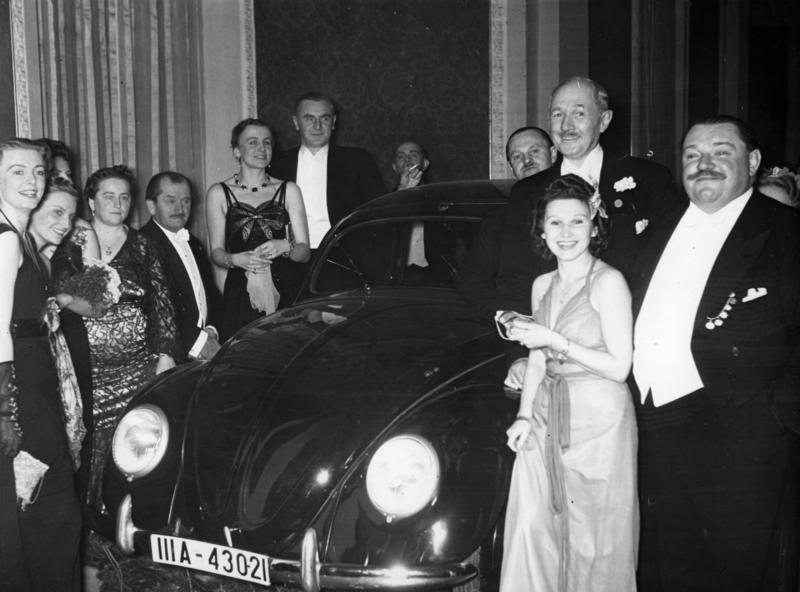Brand names are strange things. Some, over time, become a descriptive of the product itself, as when a person asks for a Kleenex when they mean a tissue. The plastic bandage for a minor wound is often called a bandaid, itself at brand name trademarked by Johnson and Johnson. Nobody ever asks for a Curad when they need a bandage. Some brand names become associated, however unjustly, with controversy. Others have links to the past which were, and in some cases are, controversial. The goal of all brand names is the same. A vendor wants his product or business so well-known to the public that the mention of the name is forever linked with what they sell. As public sentiments change over time, the name’s impact on the public changes as well.

Some fabled sports teams’ names, which are brand names as well, are disappearing, under pressure from various advocates. For example, in 2022 the former Cleveland Indians will play under the new name of the Cleveland Guardians. Millions of products labeled with nicknames known to refer to the Indians, such as The Tribe, and the Wahoos, along with depictions of Chief Wahoo, were instantly orphaned. Other brand names succumbed to changing views about what constitutes racism, such as Aunt Jemima, Uncle Ben’s, Eskimo Pie, and the Washington Redskins. Presumably, few giants exist to protest the stereotypical depiction of them as jolly and green. Anyway, here are the histories of some storied brand names, and how they came to be.

1. The soft drink named for illicit whiskey
During Prohibition, bootleggers and organized crime figures obtained their illicit liquor from numerous sources. Some they simply manufactured in hidden facilities. Some they smuggled in from Canada, Europe, Cuba, and Mexico. In the eastern United States, they purchased it from distillers in the Appalachian hills and valleys, where moonshiners have distilled whiskey since the earliest days of the Republic. They called the whiskey by several names, including moonshine, white lightning, and mountain dew, Not being barrel-aged, mountain dew gained the reputation of being a harsh beverage, far from a smooth sipping whiskey. It required mixers to make it palatable, for any but the most dedicated whiskey drinker. The relative harshness of American whiskeys continued for decades after repeal of Prohibition, and Americans often took their whiskey with mixers. Such was the case with two bottlers in Knoxville, Tennessee in the late 1930s.
Ally and Barney Hartman found it difficult to obtain their preferred mixer in Eastern Tennessee and decided to create their own. Their concoction originally appeared locally in the late 1940s. In 1961 Virginia’s Tip Corporation bought the rights to the beverage and its name – Mountain Dew – and launched it nationally. Its advertising featured a stereotyped “hillbilly”, complete with shooting iron and jug. Highly caffeinated, and sweetened with high fructose corn syrup, Mountain Dew became extremely popular, particularly in its birthland of the South. Owned by Pepsico since the mid-1960s, Mountain Dew eventually expanded to a variety of flavors and related beverages. Originally developed as a mixer for alcoholic beverages, and named for illegal whiskey, it remains highly popular, especially among the young.

